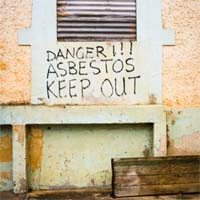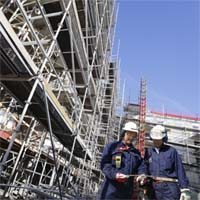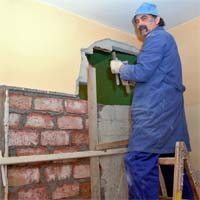Energy Plant Workers Face Elevated Mesothelioma Risk
Construction workers and tradespeople who have worked at any of the U.S. Department of Energy’s nuclear sites would do well to be aware of the early warning signs of cancer, including malignant mesothelioma and asbestosis. A new report prepared by the Center for Construction Research and Training and Duke University finds that people who worked at the DOE’s nuclear sites are at higher risk of death from “all causes, all cancers” and should be actively monitored for signs of disease. The research was based on data from the Building Trades National Medical Screening Program, a program established in 1996 to provide occupational medicine screening exams to construction workers employed at DOE nuclear facilities. More than 18,800 workers were monitored from…








